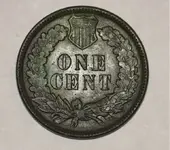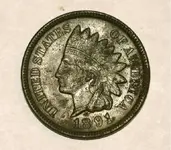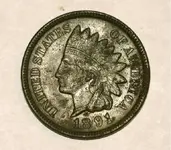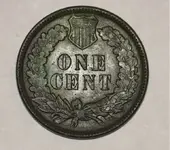Iron Patch said:
DirtDodger said:
First, I did not say it did not need to have the dirt removed.
Second, I ask anyone who thinks cleaning a coin to take it to any knowledgeable profession or ANA (American Numismatic Association) certified dealer and ask them if you should clean it with Peroxide. I am willing to bet none of them are going to tell you should. It should be done by a professional. Period.
The first rule of coin cleaning is: If you don't know its value, don't clean it, or if you think it is valuable, don't clean it, or if you know it is valuable, don't clean it. In other words, do not clean your discovered coins; leave them untouched and stored in proper holders. The reason for this is that coin dealers and collectors are interested in purchasing coins in their original condition and natural state of preservation. For example, never clean coins with commercial jewelry and metal polishes or silver tarnish remover, which will remove the toning that normally collects over time on copper and silver coins. Removing tarnish often harms coins, leaving small spots, scratches, or pockmarks that can significantly diminish their numismatic value by up to 90 percent! Statistically, nearly 20 percent of coins shown to coin dealers are rejected because they were improperly cleaned, polished, or their toning was chemically enhanced. Remember, you cannot unclean an improperly cleaned coin.
The second rule of cleaning coins is take your coins to a professional do the cleaning. Coin cleaning not be attempted by an amateur.
As for someone experience with cleaning a $500 coin and making it a $5k coin. Well, I can't say much other than I'm happy for your good fortune. Remember if it sold for 5k it was always a 5k coin. Cleaning does not enhance the value. It can if done improperly reduce the value.
I'll see if I can find the thread of the 1877 Indian that was sent in and totally destroyed by the "professionals."
You can spin it how you want, but I would not have got more than $500 for my coin without cleaning it. What the problem appears to be is that you're talking general guidelines that apply to non dug coins and believing the same holds true for dug. The 77 Indian posted here is dug, and is definitely going to have issues, and nothing will change that. At this point the way to make it the most valuable is to give it some eye appeal, and the peroxide is not going to do anything that the ground hasn't already done so far. You're definitely entitled to have your own opinion, but I probably have more experience than you realize and can back up anything I say.
No, Sir I was not quoting general guidelines for non-dug coins - Those guidelines apply to ALL coins. With more than 40 years collecting coins and as a long time member of the American Numismatic Association (ANA) I have a fairly extensive background in numismatics.
Yes, some soils can damage a coin far more than some chemicals… that still don’t mean those chemicals should be used for cleaning coins.
Rinsing or soaking the dirt off with water is not cleaning a coin. Anyone knows a dug coin needs the dirt off it to properly evaluate it. The question is how to remove the surface dirt. Your method is totally NOT advisable and one anyone who knows coins (dug or not) would not endorse it. It is unwise and could devalue a great coin.
I realize that this will not impact your thoughts on this matter as your opinion is made up, it is directed to the rest of the folks out there… the last thing any coin collector wants to see is a coin ruined.
Yes, even experts can ruin coins cleaning them, that should be enough of a warning that care should be taken. If they can ruin them, and then a non-expert stands a much greater risk of destroying them also.
PLEASE to all the rest of you consult an expert on any coins like this ’77 before cleaning. Also, remember not every local dealer is an expert in this area. Search out an ANA, or Professional Numismatists Guild (PNG) certified expert. Just like anything else, listen to the pros and cons and make an informed decision. It never hurts to have more information.
 . 2004-Texas,2006-Neb and 2010 Mount Hood
. 2004-Texas,2006-Neb and 2010 Mount Hood . 2004-Texas,2006-Neb and 2010 Mount Hood
. 2004-Texas,2006-Neb and 2010 Mount Hood
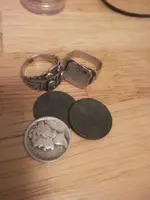
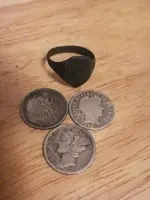

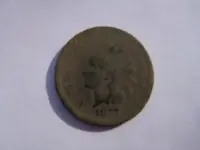
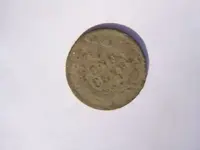
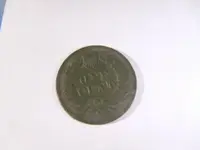
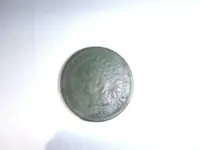
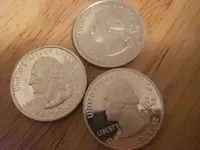


 nice IH
nice IH